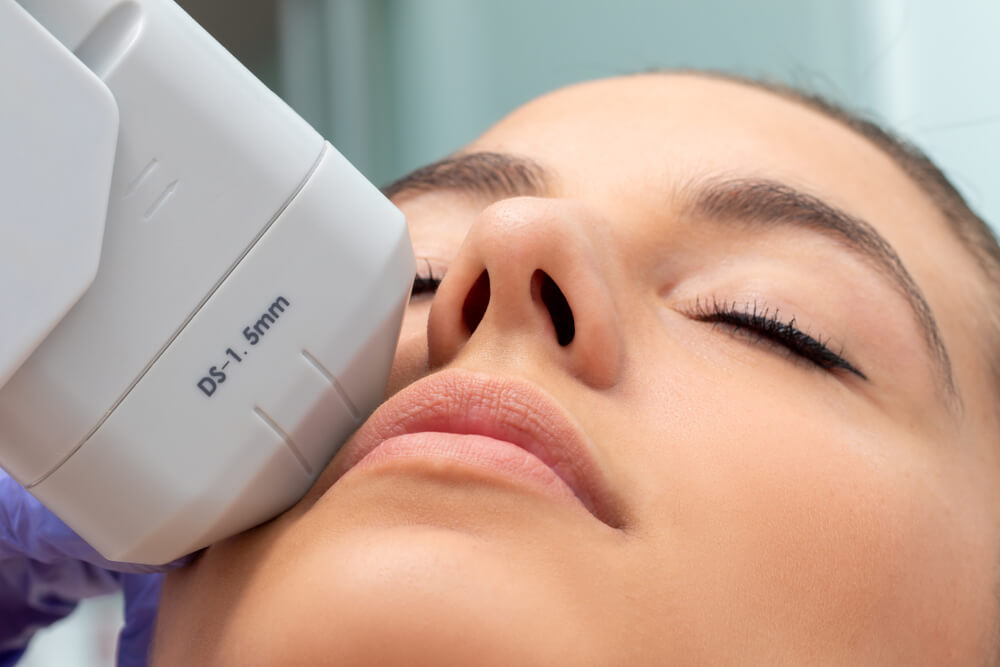When we think about revolutions in science, we often picture breakthrough discoveries or novel theories. But some of the most impactful innovations are quiet ones—like a simple change in workflow that cuts time, cost, and complexity by a staggering margin.
One such innovation? QuEChERS.
What Is QuEChERS?
The name itself sounds quirky, but QuEChERS stands for Quick, Easy, Cheap, Effective, Rugged, and Safe—six adjectives that most scientists would love to hear in the same sentence as “sample preparation.”
Developed in the early 2000s for pesticide residue analysis in fruits and vegetables, QuEChERS turned the world of analytical chemistry on its head by offering a method that is not only highly efficient but also incredibly accessible.
Why It Mattered
Before QuEChERS, sample preparation often involved time-consuming steps with bulky glassware, multiple solvent extractions, and a fair share of solvent waste. Analysts juggled between recovering enough analyte and keeping matrix interference low—without losing their minds in the process.
Enter QuEChERS, and suddenly:
- Cleanup was simplified with dispersive solid-phase extraction (dSPE).
- Solvent usage plummeted.
- Recovery rates improved across a wide range of pesticides and matrices.
- And, perhaps most importantly, the method was flexible and scalable.
Labs could now prepare samples faster and with fewer resources, without compromising on data quality.
The Science Behind It
At its core, QuEChERS works through a two-step process:
- Extraction with acetonitrile and a salting-out step using magnesium sulfate and sodium chloride. This isolates the analytes of interest.
- Cleanup using dSPE with sorbents like PSA (Primary Secondary Amine), C18, and GCB to remove co-extractives like sugars, lipids, and pigments.
The beauty lies in its modularity. Depending on the matrix—be it strawberries, spices, or salmon—you can tweak the sorbents or tube sizes to suit your method.
Beyond Pesticides
Although born from pesticide testing, QuEChERS has since matured into a multi-purpose powerhouse:
- Veterinary drug residue analysis
- Mycotoxins and acrylamide testing
- Environmental pollutants in water and soil
- Even cannabis testing, where regulations demand precision without adding days to turnaround time.
A Method for the Modern Lab
In an age where labs face pressure to be faster, greener, and more cost-efficient, QuEChERS aligns perfectly with these values:
- Speed: Prep dozens of samples before lunch.
- Sustainability: Less solvent = less waste.
- Cost-effectiveness: Fewer materials, less labor, and lower error rates.
And for labs in developing regions or budget-strapped sectors, it levels the playing field with affordable precision.
Final Thoughts
QuEChERS may not make headlines like CRISPR or quantum computing, but in the day-to-day grind of analytical work, it’s a quiet hero. It embodies a rare blend of simplicity and power—proof that sometimes, less really is more.
Whether you’re analyzing apples for chlorpyrifos or testing turmeric for aflatoxins, QuEChERS is likely in your corner, quietly doing the heavy lifting.



















